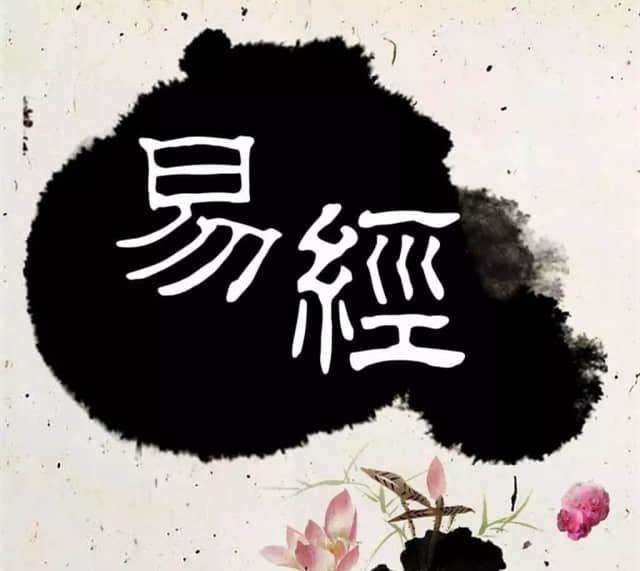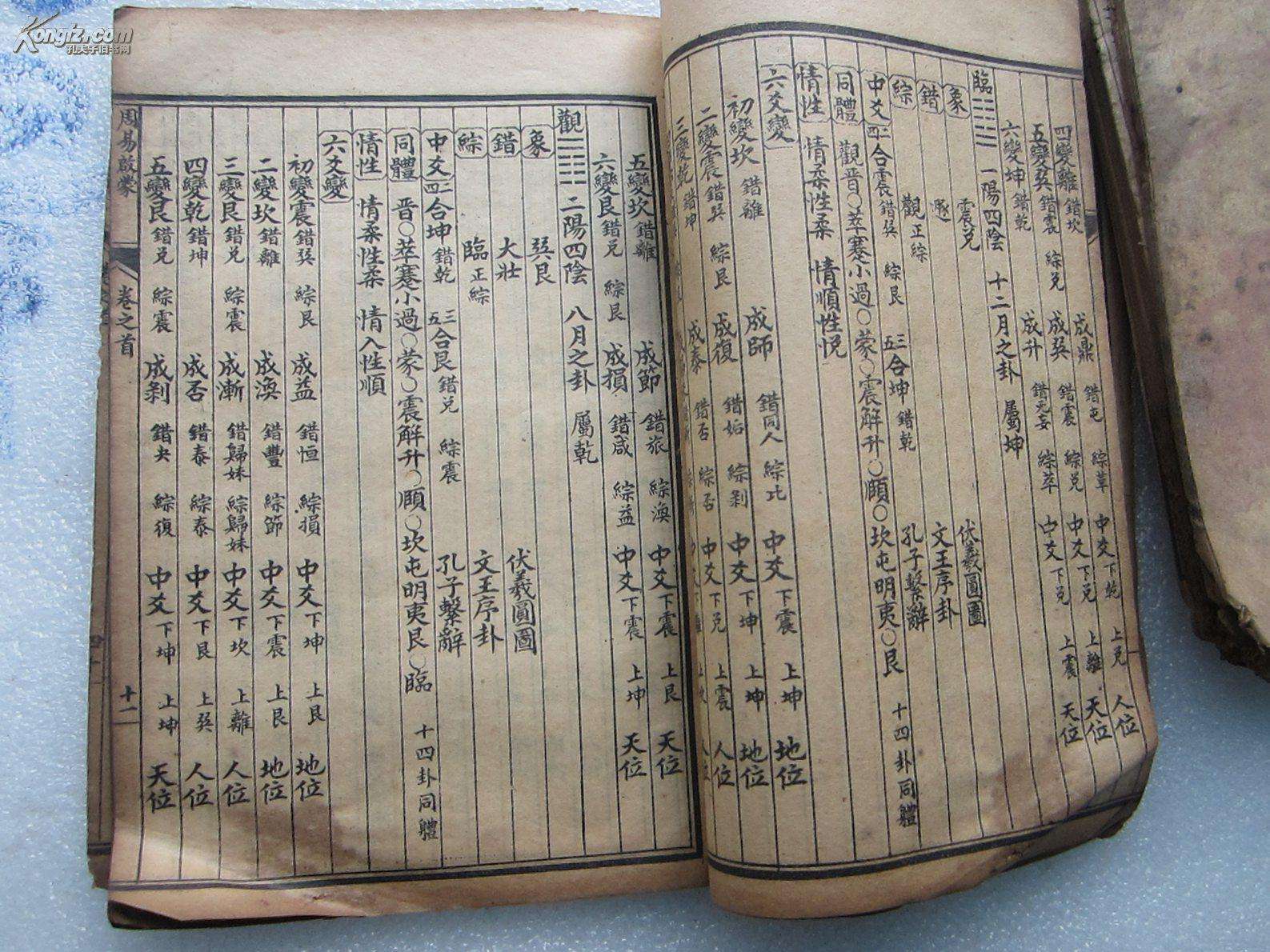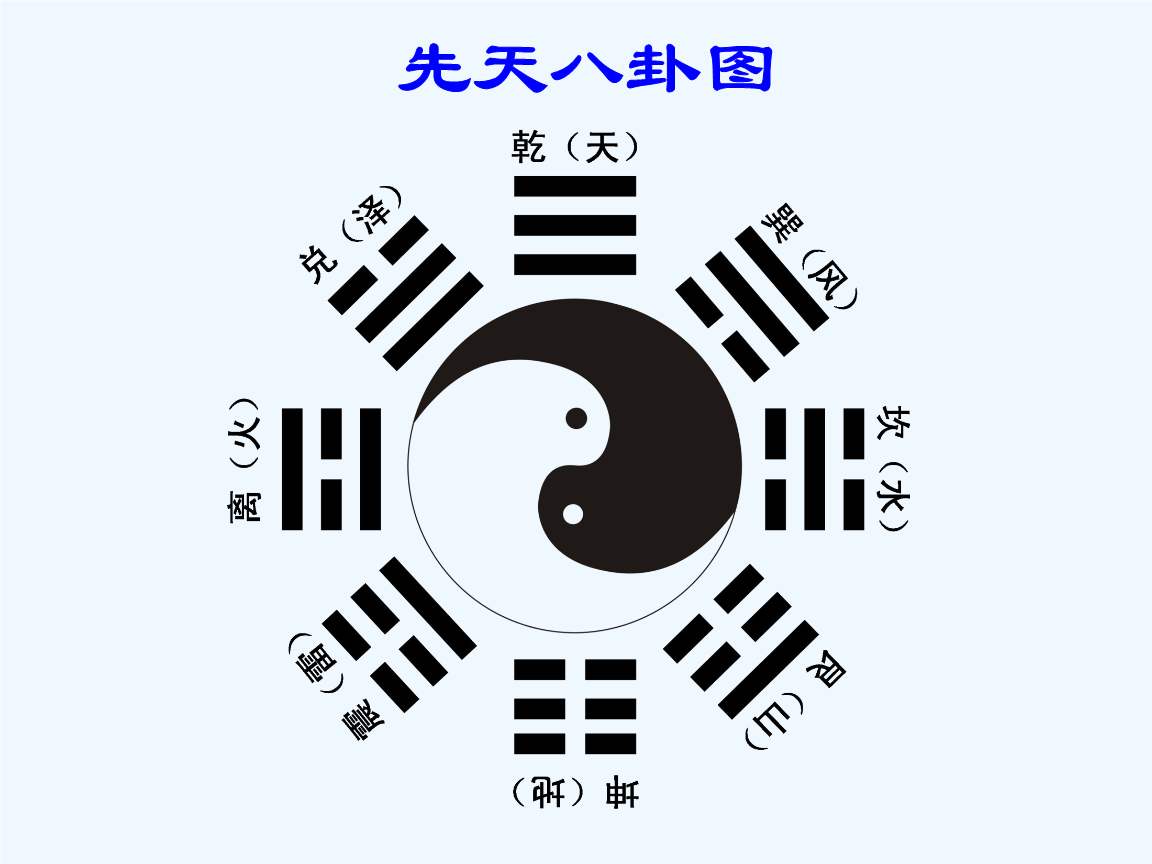The I Ching is the source of classical Chinese aesthetics, in which the natural beauty of the unity of heaven and man, the harmony of rigidity and flexibility, and the abstract beauty of metaphorical symbolism have profoundly influenced the way of thinking and aesthetic habits of the Chinese people. The I Ching laid an unshakable foundation for traditional Chinese art forms, and for thousands of years afterwards, various art forms such as music, dance, poetry, architecture, and painting all incorporated the connotations of this text.

The I Ching, “the first of the scriptures” and “the source of the Great Way,” embodies the beauty of the natural growth of everything in the universe, based on a profound reflection and visualization of the origin of life. The beauty of the I Ching is based on the fundamental premise that the heavens and man are connected and consistent, and that the laws of nature itself, as expressed in its movements and changes, are also the laws that mankind should follow. The 64 hexagrams of the I Ching embody the meaning of nature and life through explicit symbolism. Although not specifically intended to illustrate beauty and art, the I Ching’s idea of “the unity of heaven and man” is directly related to the essence of beauty and artistic creation. In the context of art, the cultural subconsciousness of “the unity of heaven and man” led ancient artists to believe that the emotions that human beings wanted to express could be found in all things in the universe and in the appropriate form to be anchored, and that everything was an externalization of the heart. Therefore, the philosophers of classical Chinese aesthetics believed that art should be “true to nature” and that artistic creation should be “natural in nature, and the work of creation”. For example, in the ancient Chinese myth of Pan Gu, after his death, his head became the four mountains, his eyes became the sun and moon, his fat became the sea and rivers, and his hair became the grass and trees, which implies that man should eventually unite with himself and be subsumed into the natural world, clearly reflecting the Chinese ancestors’ way of thinking of “the unity of heaven and man” and of measuring things by themselves.

The I Ching has a profound interpretation of the beauty of masculinity and the image of masculinity: Qian is the sky, Yang, and rigid. Qian is the sky, which is the pure yang to the most rigid. It is said in “Qian – Wenyin Chuan” that “Great is Qian, robust and neutral, pure and precise. Although the I Ching does not explicitly state “the beauty of yin and softness”, it indirectly depicts various phenomena of the beauty of yin and softness, such as “heaven and earth change, grass and trees flourish”, “wind under the mountain”, “wood in the earth”, and “wood in the earth”. The “wood in the earth” and the “cranes in the yin” all give people a sense of the beauty of yin and softness. Since yin and yang can reach the ideal state of “harmony” in the process of constant change, mutual integration and transformation, the combination of “masculinity” and “femininity” is the “beauty of harmony”. “Harmonious beauty” is also the ideal realm of classical Chinese art. “Harmony”, as an aesthetic idea, was first expressed as the concept of “harmony” in the theory of music art. The “Book of Music” embodies the eclecticism of “masculine” and “feminine” artistic styles. Similarly, the art of calligraphy embodies the aesthetic idea of “harmony” between the rigid and the soft. The line is the most basic element in the composition of a calligraphic image, and throughout ancient and modern calligraphy, the line gives three kinds of beauty: the beauty of masculinity, the beauty of femininity, and the beauty of coordination. A perfect calligraphy work contains a dialectical unity of rigid and soft lines, such as curved and straight, hidden and exposed, square and round, broken and connected, late and fast, withered and moist, line and stay, fast and stop, flat and side.

The I Ching also played a seminal role in the formation of metaphorical symbolism as an ancient Chinese way of thinking. The arguments, arguments and argumentation methods used are all metaphorical, drawing on concrete things or forms in nature to explain abstract and obscure philosophical truths. The “system of the next transmission” that cloud, “Yi”, the elephant also; the elephant also, like also. The “I Ching” trigrams and lines, is the abstract generalization and sublimation of all things and crystallization, but also to the actual existence of the trigram symbol to express, that is, “eight trigrams to tell”. As a special way of expression, “image” has “words” can not be compared to the advantages. Since all art cannot be separated from the composition of “elephant”, the theory of “elephant” in I Ching has an important aesthetic significance. The metaphorical and symbolic thinking of the I Ching has had a profound influence on the aesthetics of traditional Chinese art. For example, in the creation of poetry, the I Ching initiated a tradition of metaphor and symbolism. Chinese literature has always emphasized the importance of “creating an image to express the meaning”, for example, the words “flying dragons in the sky”, “clouds moving and raining”, “trapped in a tree”, etc. contain metaphors and symbols. For example, the words “flying dragon in the sky”, “clouds and rain” and “trapped in a tree” contain rich imagery. Just as “the eastward journey of the great river” and “the dawn breeze and the waning moon” have become synonymous with two styles of words, ancient Chinese poetry makes extensive use of metaphors and symbols to turn unseen and abstract emotions into concrete and palpable images.